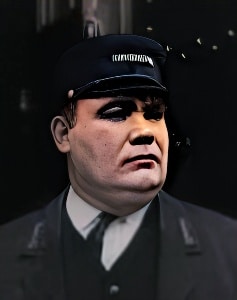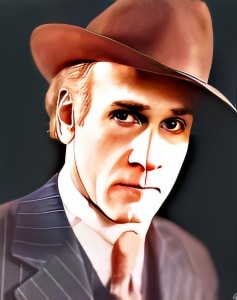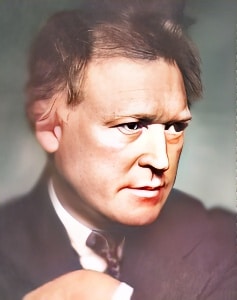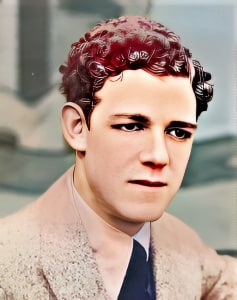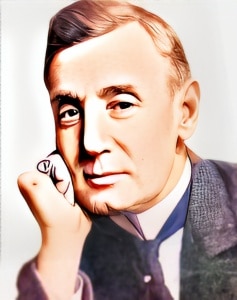 Thomas Lockyer Jefferson, born on September 10, 1856, into a lineage steeped in theatrical tradition, emerged as a prominent American film and stage actor during the predominantly silent film era.
Thomas Lockyer Jefferson, born on September 10, 1856, into a lineage steeped in theatrical tradition, emerged as a prominent American film and stage actor during the predominantly silent film era.
His familial ties to the renowned actor Joseph Jefferson positioned him as the sixth in a line of illustrious Jeffersons, paving the way for a career marked by leading roles in notable films and a captivating stage presence.
The journey of Thomas Lockyer Jefferson began with his birth to Margaret Clements Lockyer, who tragically passed away in 1861, and the legendary actor Joseph Jefferson. This familial connection to the theatrical world undoubtedly influenced Jefferson’s early exposure to the performing arts, setting the stage for a career that would span both the silver screen and the boards of the stage.
One of the milestones in Thomas Lockyer Jefferson’s filmography was his leading role in the 1919 film “The Grim Game,” where he shared the screen with the iconic Harry Houdini. This cinematic collaboration added a touch of mystique to Jefferson’s repertoire, showcasing his versatility beyond the conventional bounds of silent film acting. The film’s narrative, entwined with Houdini’s escapades, offered Jefferson an opportunity to showcase his dramatic range in a dynamic partnership with the master escape artist.
In a remarkable homage to his father’s legacy, Thomas Lockyer Jefferson stepped into the iconic role of Rip Van Winkle in two film adaptations. The character, immortalized on stage by his father, found new life on the silver screen through Jefferson’s interpretation. This cinematic inheritance demonstrated not only his commitment to preserving the family’s theatrical heritage but also his ability to bring a classic character to a new audience with the magic of cinema.
“ Beauty’s Worth” (1922) and “ Tarzan of the Apes” (1918) further highlighted Jefferson’s command over diverse roles. As Peter in “ Beauty’s Worth,” he navigated the complexities of character, while his portrayal of Professor Porter in “ Tarzan of the Apes” added a touch of adventure to his filmography. These roles underscored Jefferson’s adaptability, showcasing his ability to seamlessly transition between genres and capture the essence of each character he inhabited.
Beyond the cinematic realm, Thomas Lockyer Jefferson embarked on a notable theatrical journey, touring the United States in a starring role in the play “Lightnin’.” This stage presence allowed audiences across the country to experience Jefferson’s charisma and acting prowess in real-time, reinforcing his standing as a dynamic performer with the ability to captivate live audiences.
In the tapestry of his personal life, Thomas Lockyer Jefferson found companionship with actress Daisy Jefferson, whom he married. The union added another layer to his connection with the world of theater, creating a shared space where their passion for the performing arts could flourish. Additionally, Jefferson’s family expanded to include three daughters from a previous marriage, enriching his life with familial bonds that echoed the traditions of generations past.
As the curtain fell on Thomas Lockyer Jefferson’s life on April 2, 1932, his legacy endured as a testament to the enduring power of performance. From the silent screens that captured his nuanced expressions to the live stages where his presence commanded attention, Jefferson left an indelible mark on American entertainment. The echoes of his performances, whether in the quietude of silent films or the reverberating applause of a live audience, continue to resonate through the annals of theatrical history, honoring the legacy of a Jefferson who played a pivotal role in shaping the cultural landscape of his time.

